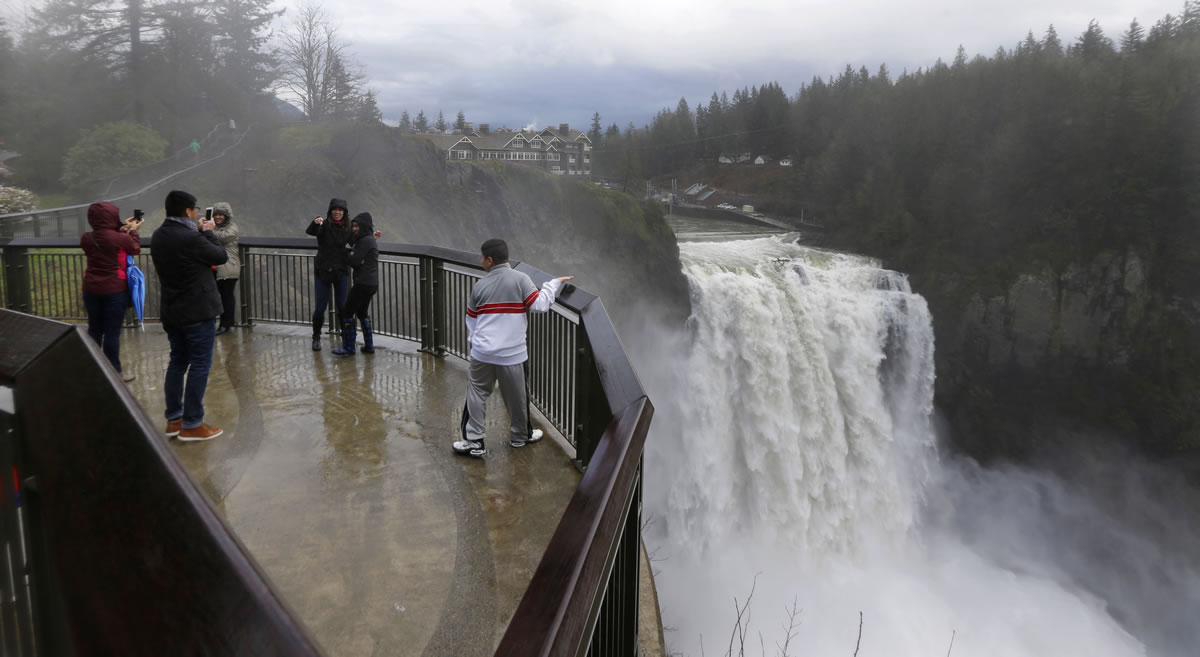SEATTLE — So much rain and snow has fallen across Washington state in recent weeks that there’s little chance of a statewide drought being declared this year, water supply experts said Monday.
“The worries are over for now,” said Dan Partridge, a spokesman for the state Department of Ecology. “Right now, snowpack and stream-flow figures and all the indicators make it pretty certain that we won’t have to worry about any kind of statewide drought.”
The agency convened a group of federal and state officials in February after a relatively dry start to the winter raised concerns about a possible statewide drought. The group met last week and plans to meet again in May.
While a statewide drought declaration isn’t likely, water supply experts say they’re still closely watching dry pockets, including in Lincoln, Douglas and Okanogan counties, where low soil moisture levels could still present headaches for agriculture.
“We’re in good shape on the west side” of the state, state climatologist Nick Bond said, adding, “We’re still keeping an eye on the east side.”
The state relies on mountain snowpack to supply water for drinking, irrigation, fish migration, power generation and other needs through the year.
The relatively dry start to the winter and lower-than-average snowpack had many worried about drought potential. But a parade of storms in February deluged the state, especially west of the Cascade Mountains.
For example, in one 10-day period, Stevens Pass received 10 feet of snow, according to the National Weather Service. And one spot in the Lewis River Basin measured about 23 inches of rain last month, according to the Natural Resources Conservation Service.
“We should feel very fortunate that we’ve got rain at low elevation and snow at high elevation in the last month. That really has bailed us,” Bond said. “If that hadn’t happened, we’d be looking at the kind of (drought) problems that California has.”
On Feb. 1, the statewide average snowpack readings were at 55 percent of normal, though basins across the state varied. By March 1, the statewide average readings were 89 percent of normal.
“That’s a pretty significant jump in snowpack,” said Larry Johnson, state conservation engineer with the Natural Resources Conservation Service.
The state last declared drought emergencies in 2005 and 2001.



